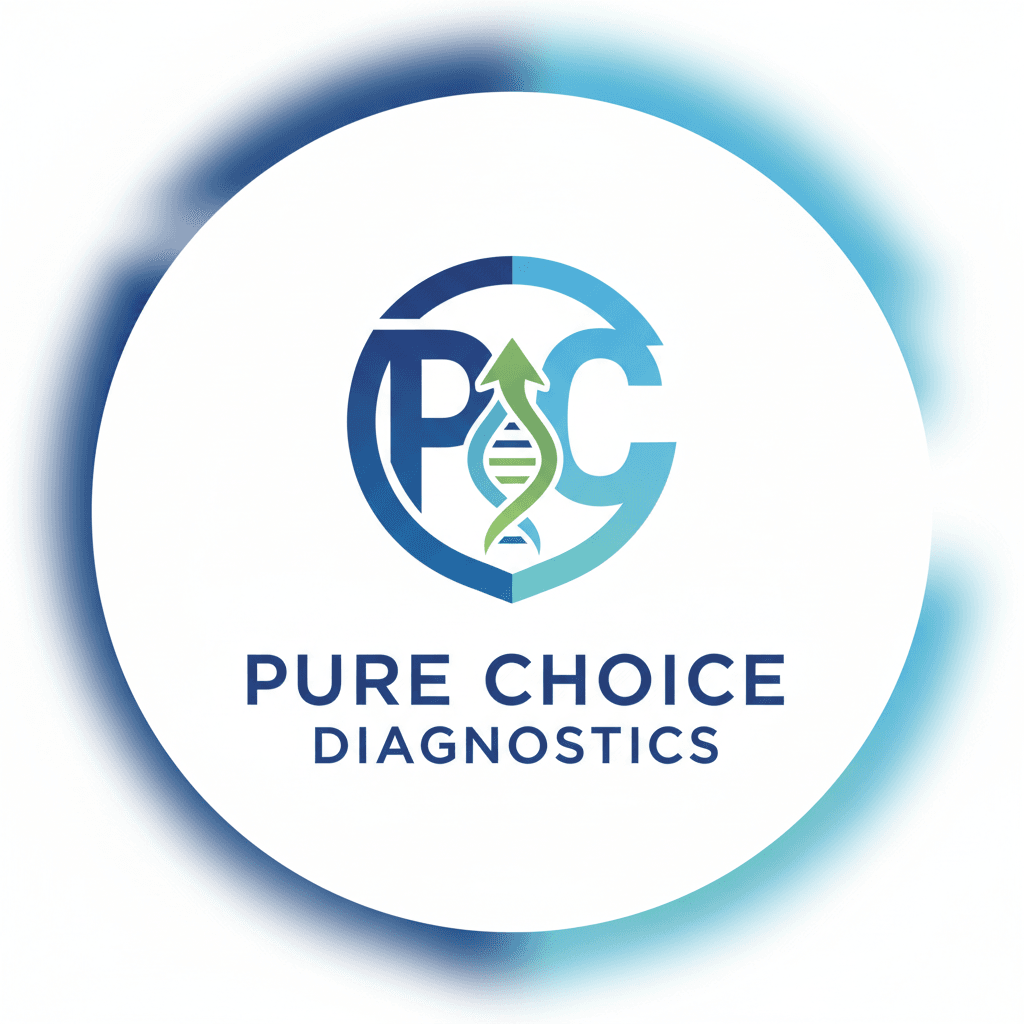A Comprehensive Guide to Non-Invasive Paternity Testing
Understanding Non-Invasive Paternity Testing
Non-invasive paternity testing is an advanced method of determining the biological father of a child without the need for invasive procedures. This type of testing is gaining popularity due to its accuracy and the minimal risk it poses to both the mother and the unborn child. Unlike traditional invasive methods, non-invasive testing requires only a simple blood draw from the mother.
The technology behind non-invasive paternity testing relies on analyzing fetal DNA that circulates in the mother's bloodstream. This method is not only safe but also highly accurate, making it a preferred choice for many expecting parents seeking clarity on paternity.

The Process of Non-Invasive Paternity Testing
The process begins with a blood sample from the mother, usually taken after the 8th week of pregnancy. This sample contains cell-free fetal DNA (cffDNA), which can be isolated and compared with the DNA from a potential father. A cheek swab from the alleged father provides the necessary DNA for comparison.
After collecting the samples, they are sent to a laboratory where sophisticated techniques analyze the genetic material. These tests can determine paternity with over 99% accuracy, providing reliable results without any risk to the fetus.

Advantages of Non-Invasive Methods
Non-invasive paternity testing offers several advantages over traditional methods such as amniocentesis or chorionic villus sampling (CVS). These older methods carry risks such as miscarriage and are generally recommended only when there are other medical reasons for testing. In contrast, non-invasive testing poses no such risks.
- Safety: No risk to the fetus or mother.
- Accuracy: Over 99% accuracy in results.
- Convenience: Simple blood draw and cheek swab.
Choosing a Reliable Testing Provider
When opting for non-invasive paternity testing, selecting a reputable provider is crucial. Ensure that the laboratory conducting the analysis is accredited and employs certified professionals who adhere to strict quality control measures. This ensures that you receive accurate and confidential results.

Many providers offer consultation services to help you understand the process and answer any questions you may have. This support can be invaluable, especially for expectant parents navigating this decision-making process for the first time.
Interpreting the Results
Once the testing is complete, results are typically available within a few weeks. The results will clearly indicate whether there is a match between the fetal DNA and the DNA of the alleged father. It is important to discuss these results with a healthcare professional or a genetic counselor who can provide guidance and support based on your specific situation.

Conclusion
Non-invasive paternity testing is a groundbreaking advancement that offers expecting parents peace of mind with minimal risk. By understanding the process and selecting a reliable provider, you can confidently navigate this sensitive aspect of parenthood. As technology continues to evolve, non-invasive testing represents a safe and effective solution for determining paternity during pregnancy.
